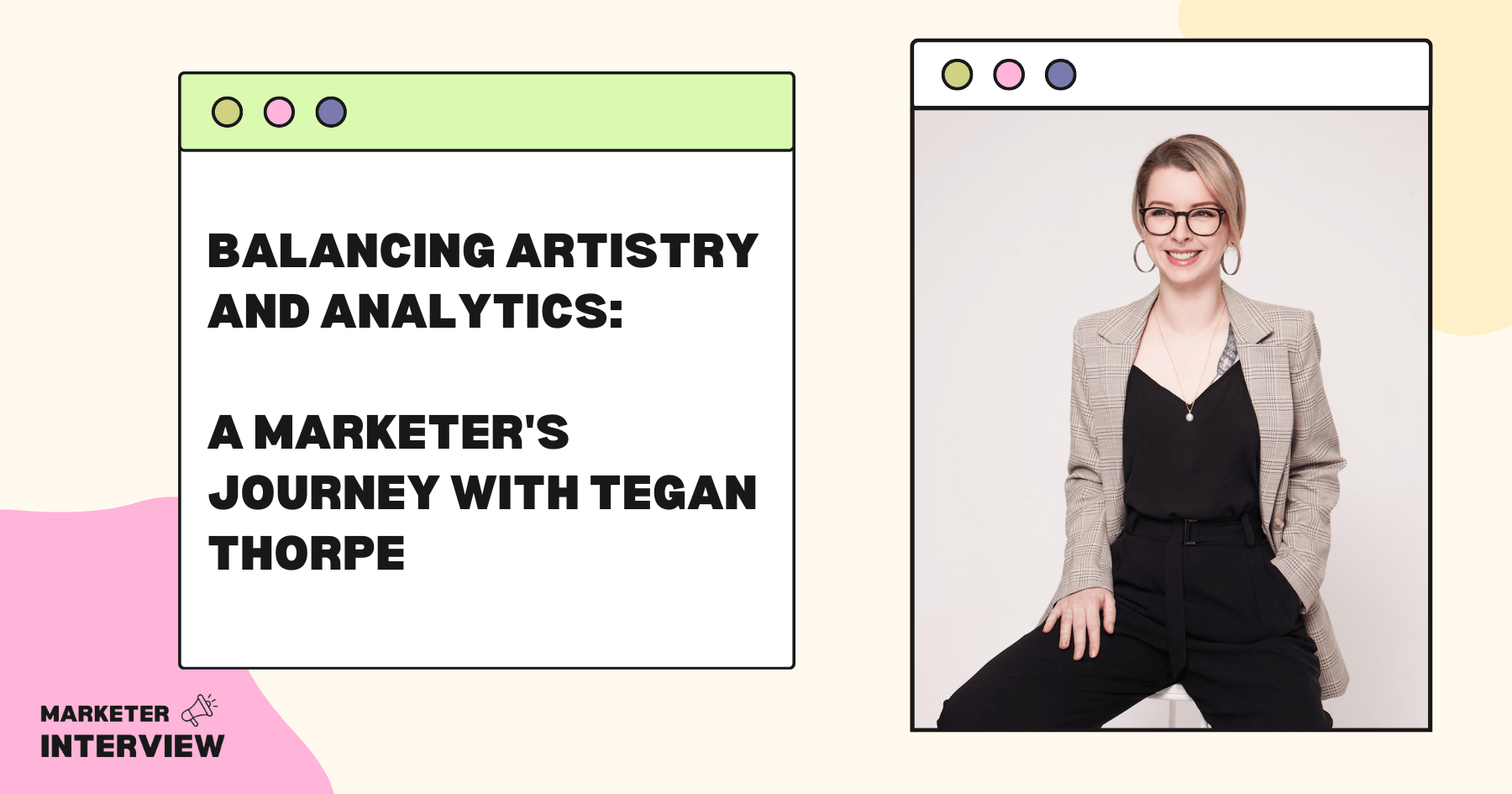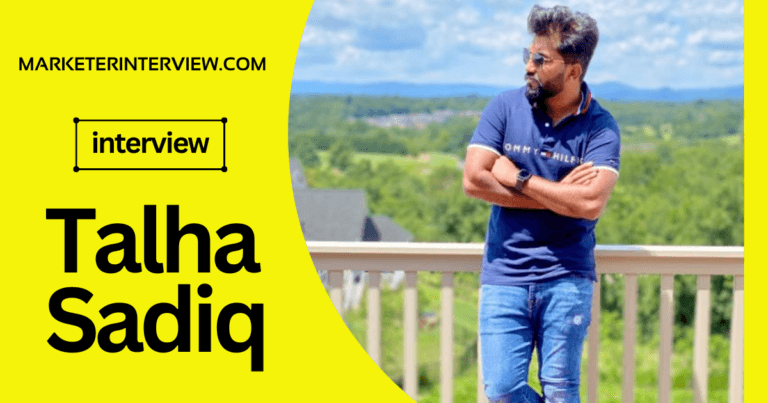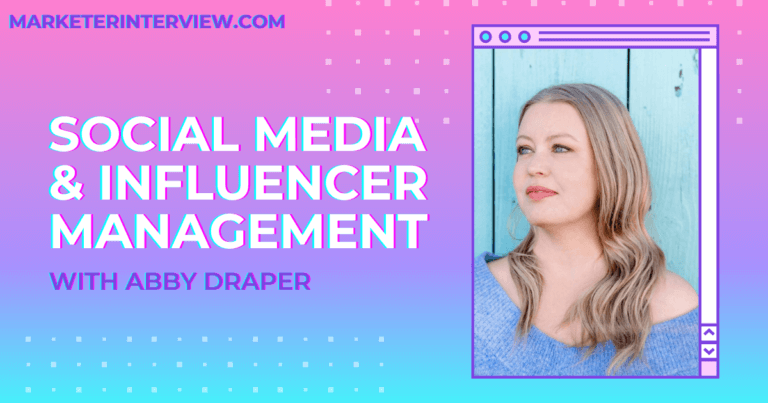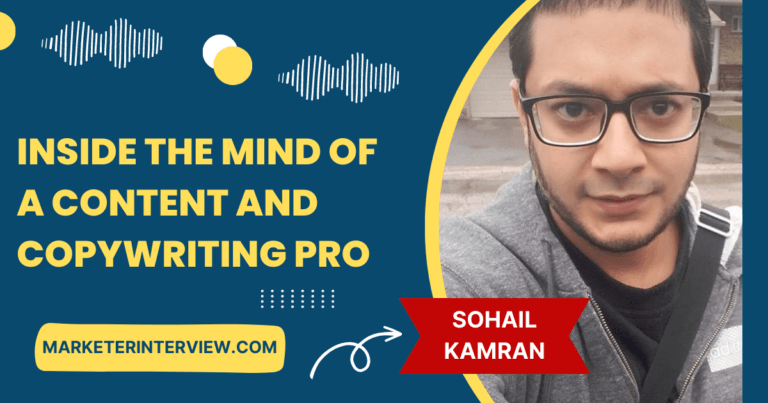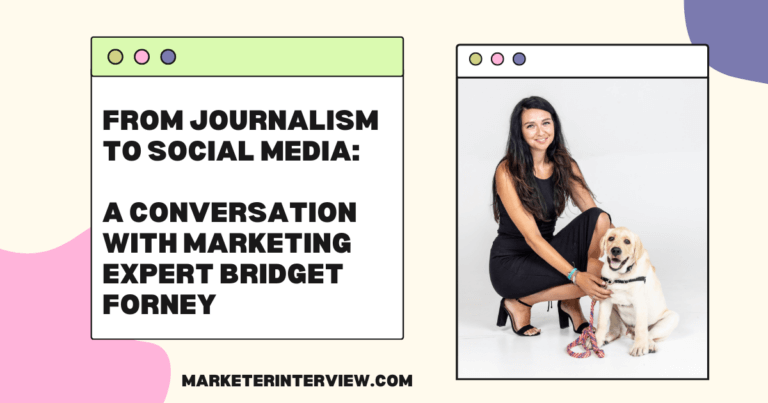Balancing Artistry and Analytics: A Marketer’s Journey with Tegan Thorpe
Welcome to Marketer Interview, where we sit with remarkable individuals shaping the marketing world.
Today, we are privileged to interview Tegan Thorpe, the Head of Marketing, Media, and Communications at The Oranges Toolkit.
With a decade-long journey in the bustling marketing landscape, Tegan has mastered the art of content creation, SEO, and striking a balance between work and personal passions.
Tegan’s expertise spans a wide range of marketing domains, From running her magazine to orchestrating marketing campaigns for major Australian radio networks.
Contents
- 1 Could you share how you ventured into marketing and discovered your passion?
- 2 From running your magazine to spearheading advertising initiatives, your journey is diverse. What pivotal moment helped you shape your career path?
- 3 Content creation is a significant part of your expertise. What strategies do you use to craft compelling, engaging content that resonates with your target audience?
- 4 Search Engine Optimization (SEO) plays a crucial role in modern marketing. How do you stay updated with the ever-evolving SEO landscape, and what tactics do you find most effective?
- 5 Balancing work and personal passions is challenging. How do you maintain equilibrium and ensure your creativity thrives inside and outside the office?
- 6 Your journey includes live music photography, which is fascinating! How has this artistic pursuit influenced your marketing approach and creativity?
- 7 As Head of Marketing, Media, and Communications, what unique challenges do you face in leading your team and ensuring a cohesive marketing strategy?
- 8 Throughout your career, you’ve rehauled small businesses’ marketing strategies. What core principles have consistently driven your success in turning around these businesses?
- 9 How does your love for strategy board games influence your marketing strategies?
- 10 How do you visualize a marketing campaign before it’s launched?
- 11 What are your views on the digital landscape over the next five years?
- 12 Workplace balance and well-being are essential for a thriving career. How do you foster a positive and supportive work environment for your team at The Oranges Toolkit?
From a young age, I was curious about how people related to the world around them. I delved into art, graphics, design, coding, and technology, consistently gravitating toward how they influenced human behavior.
As I grew, my photography, art, and theater pursuits became cornerstones of my understanding of human interaction. However, it wasn’t just the art that captivated me. It was the mechanics behind it. Whenever I took on roles related to these arts, I was constantly drawn to their business aspects.
Marketing felt like home, allowing me to synthesize my love for creativity and my penchant for understanding the business ecosystem. It offered the perfect ground to merge my desire to craft visually appealing narratives with my interest in generating tangible growth while keeping an eye on a broader business landscape and its stakeholders.
Three things to remember: People over profit. Do no harm. And profit is not a dirty word.
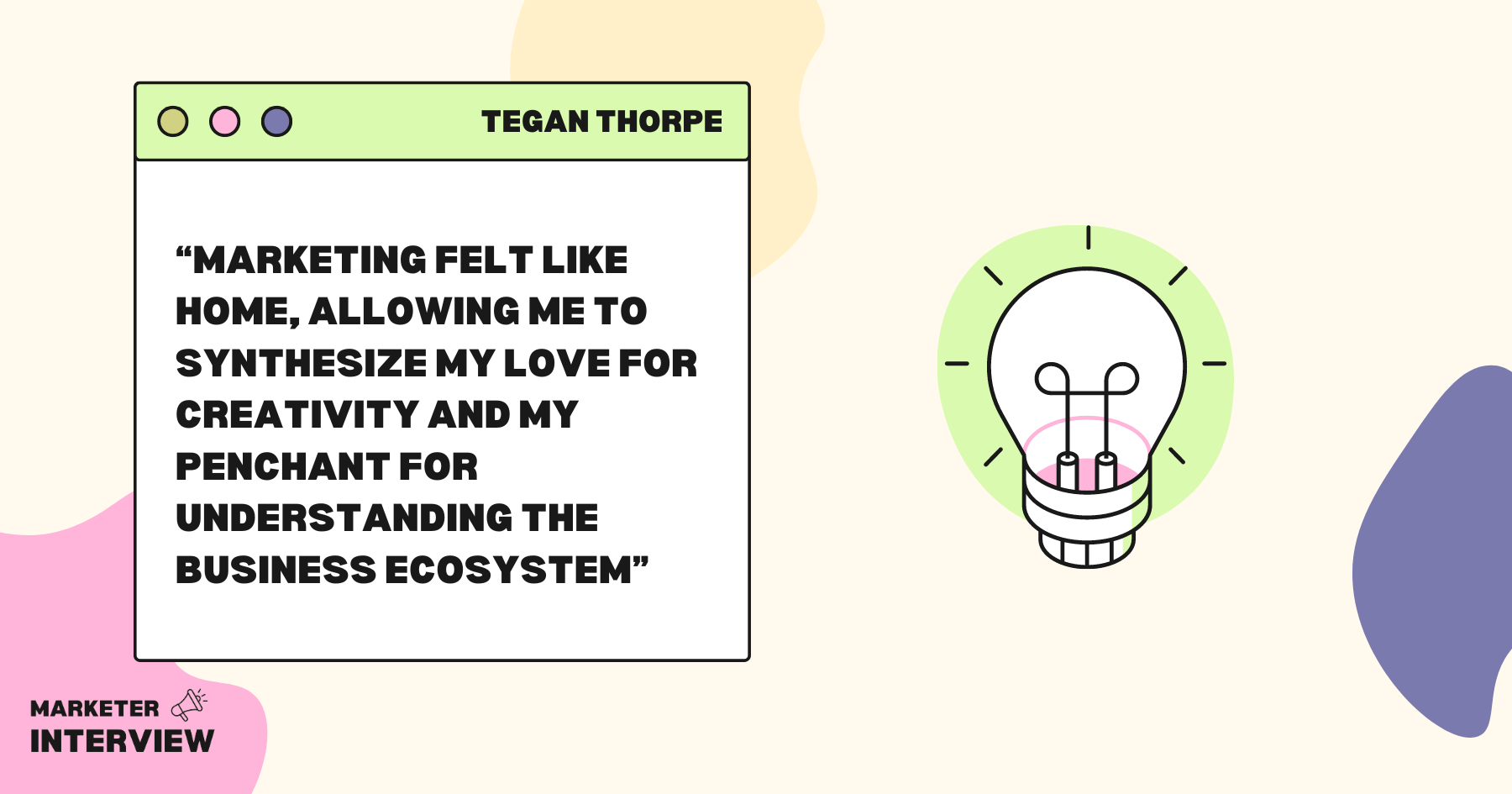
From running your magazine to spearheading advertising initiatives, your journey is diverse. What pivotal moment helped you shape your career path?
It wasn’t a straight path for me. I spent a decade immersing myself in creative roles, but there was a lingering hunger for more understanding, especially about the human psyche.
I returned to university to study psychological sciences, mistakenly thinking it was a transition away from my past career. But a revelation hit me midway: the principles I was learning could amplify my capabilities in advertising, sales, and, potentially, marketing. I realized I did not need a career overhaul but rather an integration of my creative background with these newfound insights.
Armed with a better understanding of consumer psychology, I transitioned from advertising to marketing, where I could strategize from a business perspective while honoring my creative roots. It was about reshaping my journey, not restarting it.
Content creation is a significant part of your expertise. What strategies do you use to craft compelling, engaging content that resonates with your target audience?
Content is more than just information dissemination. It’s about forging connections.
My goal has always been to ensure that whatever I put out there offers a real benefit to the reader, not just serves the business’s agenda. Content should seize attention and provide an enriching experience, whether that’s a fresh perspective, actionable tips, or a genuine smile.
Over the years, I’ve understood that no strategy beats authenticity. It’s essential to be true to your brand’s voice and resonate with what your audience seeks. A simple question underpins every piece of content I craft: If I were on the other side, would this add value to my day? This consistent introspection ensures that content is always tailored to be genuinely helpful and engaging.
Hot Tip: Don’t be too concerned about “brand” on social media. It’s a space where you can be reactive and play, try new things, and engage directly in real-time with your audience.
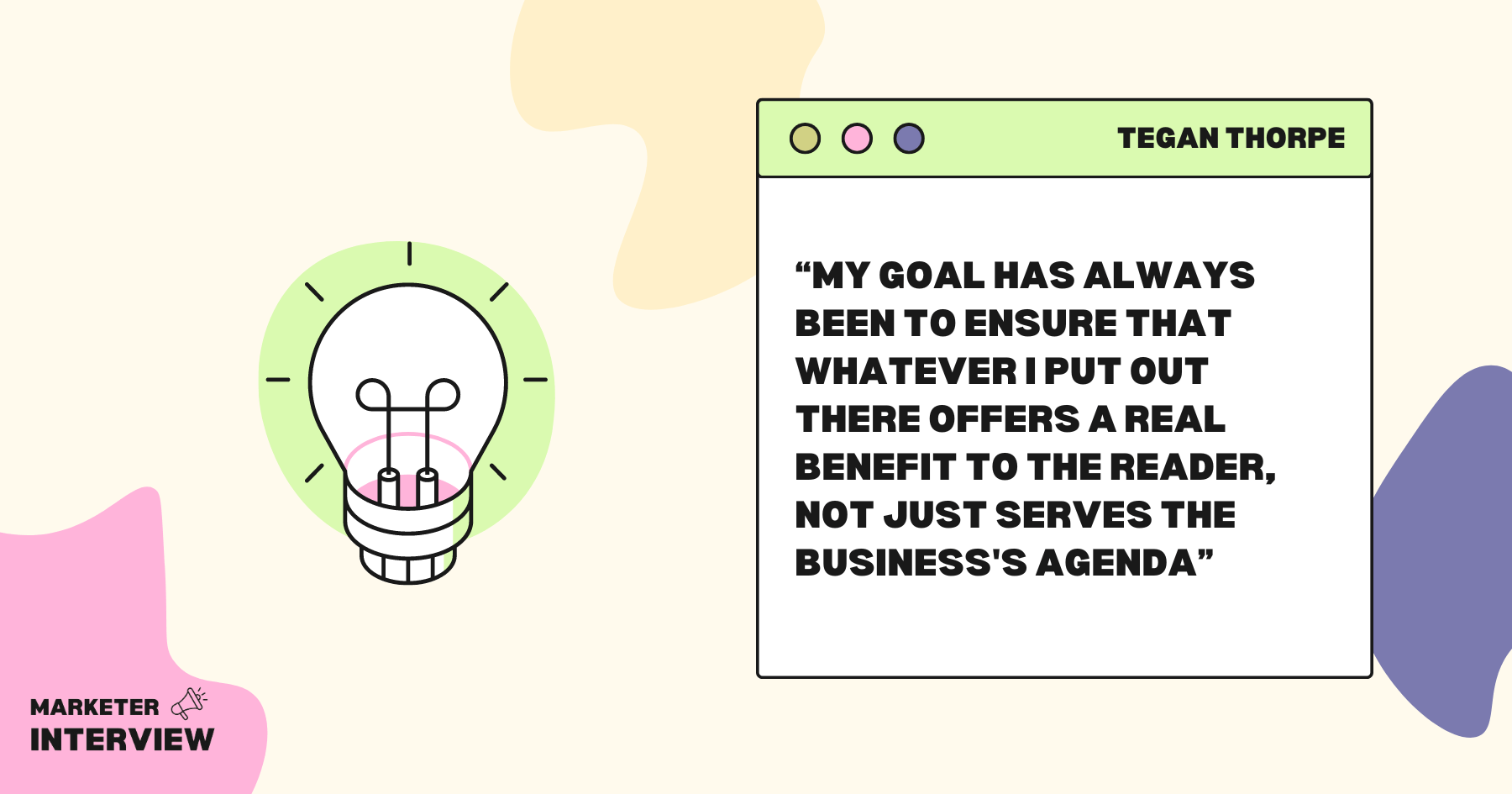
Search Engine Optimization (SEO) plays a crucial role in modern marketing. How do you stay updated with the ever-evolving SEO landscape, and what tactics do you find most effective?
When it comes to SEO, it is incredibly crucial.
It is how people find you, how people trust you, and how you get people to keep coming back. You might have the best product in the world, but if you don’t tell anyone about it and you don’t use the language your consumers are using, they won’t be able to find you.
There was one thing that a previous manager taught me years and years ago: the concept of your get-found strategy. If you don’t have that, you’ve got nothing. Again, it does not matter if you have the best product in the world. No one will care if you are not telling people about it, even the language they use. No one will see it, and no one will buy it.
I just don’t get involved when it comes to keeping up with the ever-evolving SEO landscape because comparison is the thief of joy. If you are constantly looking at everything that’s going on that other people are doing, you’re going to lose focus and lose sight of what you’re doing, what you need to do, and what is essential for your business or your product. You’re going to lose sight of what is essential for your viewers, readers, and the people consuming your content.
Yes, using click-bait headlines is sometimes crucial, but it has a time and place. If you’re not adding value, then there is no point. Don’t be an SEO cowboy; just put key terms in everything because your readers will see right through it, and so will Google. Don’t be a dick about it.
Balancing work and personal passions is challenging. How do you maintain equilibrium and ensure your creativity thrives inside and outside the office?
The term “work-life balance” has become somewhat cliché, yet its essence remains critical.
Balancing isn’t about a rigid 50-50 split between work and personal life. It’s about understanding priorities. I was diagnosed with ADHD last year, and it’s been a revelation in learning how to listen to my body and notice when my focus is shifting, and learning to go with my brain’s flow instead of fighting it like I used to.
As I work through my MBA, balance becomes more about efficiently juggling my studies, work, and personal commitments. It’s about being mindful of what needs attention now and what can wait.
I cherish moments with friends, family, my husband, and our brilliant little dog. Whether we’re diving into board games, binge-watching a series, or just spending quality time, these moments ground me. But I also recognize that there are days or weeks when work requires more from me, and that’s okay. Balance is fluid and ever-changing. What’s crucial is recognizing your needs and ensuring you’re not perpetually leaning too heavily in one direction.
Your journey includes live music photography, which is fascinating! How has this artistic pursuit influenced your marketing approach and creativity?
My stint as a live music photographer was more than just capturing moments.
It was about absorbing emotions and relaying narratives. It taught me the art of seizing fleeting connections, moments where artists and audiences resonated on a shared wavelength. It taught me about deadlines in challenging moments.
Usually, at a live show, you have the first three songs to get your hero shot, then you get kicked out. You’re also fighting for room in the photo pit, the crowd thrumming behind you, sticky floors covered in beer or mud, and then you must turn the images around in a few hours, ready for publication. This skill transitioned beautifully into the corporate world, helping me harness authenticity in marketing and working hard and fast under pressure.
In marketing, much like live music, it’s not just about the product or service; it’s about the stories and emotions they evoke. This experience has taught me the importance of authenticity in all interactions and campaigns.
As Head of Marketing, Media, and Communications, what unique challenges do you face in leading your team and ensuring a cohesive marketing strategy?
Leadership is never a static role. It’s dynamic and evolving.
Heading a team comes with multifaceted responsibilities: ensuring everyone’s voice is heard, maintaining cohesive messaging across platforms, balancing immediate goals with a long-term vision, and ensuring seamless communication between departments.
Trust is foundational. A psychologically safe environment is foundational. My team members need to feel empowered to make decisions, make mistakes, learn, and evolve. It’s about fostering a culture of trust and continuous learning.
One persistent challenge is the interplay between sales and marketing. Bridging gaps between these departments and ensuring they align perfectly with goals and strategy is paramount to business success.
Throughout your career, you’ve rehauled small businesses’ marketing strategies. What core principles have consistently driven your success in turning around these businesses?
When diving into small business marketing, it’s paramount to ground oneself in the basics before reaching for the stars. It’s tempting to chase every new trend, but even the most brilliant strategy can crumble without a solid foundation.
I prioritize understanding the brand’s essence, values, and target audience. I venture into advanced tactics only when these core elements are firmly in place.
A distinct advantage of small businesses is their agility. Unlike conglomerates, they can make swift changes, pivoting strategies as market dynamics shift. This agility can be a tremendous asset if used judiciously.
How does your love for strategy board games influence your marketing strategies?
Playing strategy board games like Wingspan has been an unexpected boon to my professional life. These games demand a deep strategic vision, foresight, and tactical maneuvers.
Marketing, in many ways, mirrors this.
Like a board game, each campaign requires a blend of immediate tactical moves and a broader strategic plan. Balancing the two becomes an art.
The games train my mind to anticipate challenges, adapt swiftly to changing dynamics, and always keep the end goal in sight, whether winning the game or making a campaign resonate with its target audience.
How do you visualize a marketing campaign before it’s launched?
Visualization is more than just creating a mental picture. It’s about immersing oneself in the end goal.
When conceptualizing a campaign, I begin with the desired outcome. How do we want our audience to feel? What action do we want them to take?
From there, I work backward, dissecting each element needed to make that vision come to life. This approach ensures that every touchpoint, every piece of content, and every interaction aligns seamlessly with the ultimate goal.
It’s like piecing together a jigsaw puzzle, starting with the final image and then meticulously placing each piece to complete the whole.
What are your views on the digital landscape over the next five years?
We’re all talking about AI and worried about our jobs, but honestly, it’s just so exciting.
Using AI has made me just so much more efficient. Tasks that would take hours take minutes, meaning I can spend more of my cognitive energy on bigger and better things. Tools like ChatGPT are gifts, but they won’t take your job. It will help you. You still need to be an expert in what you’re talking about and triple-check the information these programs give you, but it’s not something to be afraid of.
As someone who lived through the birth and death of MySpace, learned to code through social media, built websites in DreamWeaver, took digital photos on a camera that uses floppy disks, started school by researching things in physical encyclopedias and then finishing school and having Wikipedia in my pocket, I’ve been fortunate to be alive in such an incredible time in tech. It’s left me with skills to be very inquisitive, to navigate new programs and tech intuitively, and just because something is new doesn’t mean it will be around forever.
The fickleness of the internet is something I’ve learned all too well. So next time your boss says your company needs to be on TikTok, Threads, X, and whatever else is on the horizon, just remember that if you don’t have your core basics set up, then don’t waste your time spreading yourself too thin. Be on those platforms if it’s where your target market is. If not, don’t stress; do your core work well, and your people will find you.
Please don’t forget your foundations and get caught up in the “fun marketing shit” because it’s hollow without robust systems and strategy.
Workplace balance and well-being are essential for a thriving career. How do you foster a positive and supportive work environment for your team at The Oranges Toolkit?
Culture isn’t built in a day. It’s cultivated over time.
At The Oranges Toolkit, I’ve always emphasized the significance of trust, mutual respect, and flexibility.
While objectives and KPIs are vital, it’s essential to understand that every individual has a unique rhythm. We encourage a sense of responsibility and autonomy by offering flexibility in work timings or methodologies.
This trust tends to result in increased passion, dedication, and productivity. The focus is always on open communication, understanding, and ensuring every member feels valued and heard.
